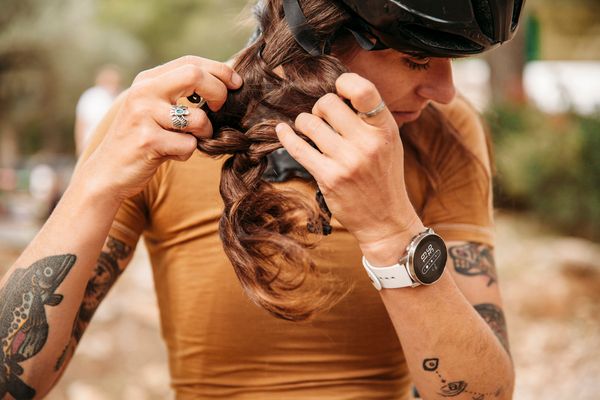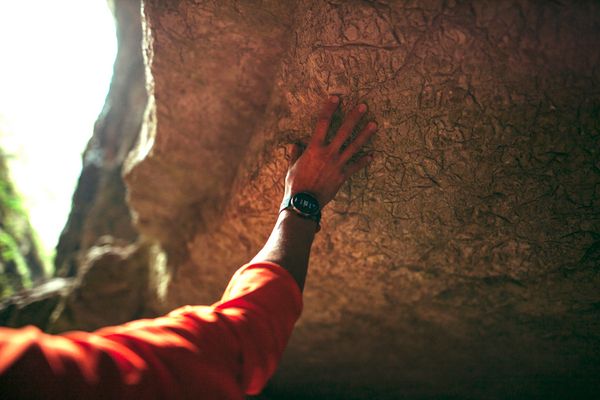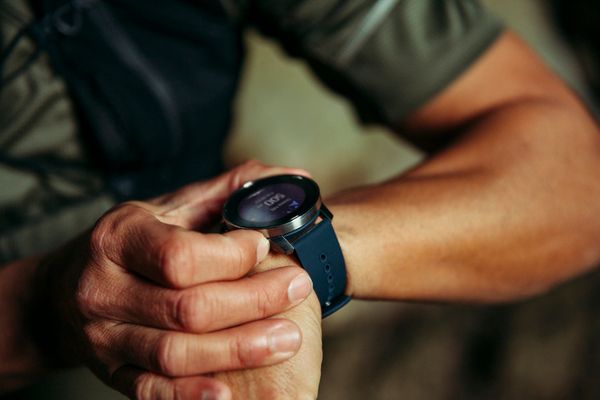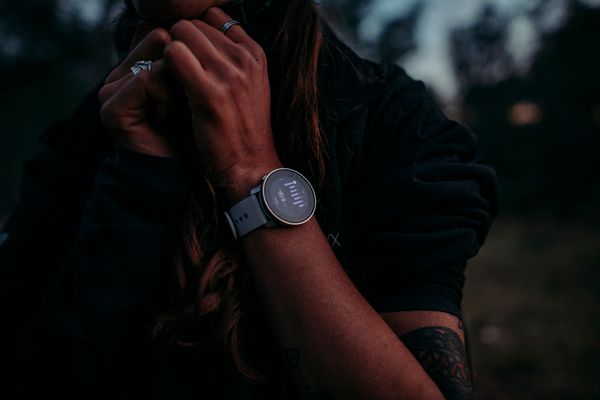Suunto 9 Peak (review and specs)
-
@dimitrios-kanellopoulos said in Suunto 9 Peak (review and specs):
almost 7d (6.666)
I See something evilish here }:‑)


-
@sartoric up the hammers man
-
@isazi Moste important thing to me would be the fix of the Vo2max bug. But you do make me curious for the new stuff!
-
@soylent-yellow sorry the VO2max bug is on the S9 (non peak) and it will be fixed with next release (that we said will be in June). All discussion here is about the S9 Peak, including the battery stats.
-
@dimitrios-kanellopoulos They ways our eyes age are not the same for everyone. Some will prefer a bigger watch face to compensate for the deteriorating accommodation of the eyes, some will prefer a brighter watch face to compensate for the yellowing of the lenses.
-
@sky-runner I used my Ambit for a number of ultras, the 5 sec mode at Bighorn 100. It was ok but I agree with you that the experience was suboptimal. I have done a lot of testing with intelligent battery modes on the S9 baro and some on the Peak using FusedTrack. I have several races where I have used FusedTrack as well and find it quite reliable.
The last Garmin I tried was a fenix 5, I think if you like having maps on the watch Garmins are a good choice. I use maps on the S7 when I travel as I am typically not doing long events.
It would be interesting to see data for a long run where you use the S9baro in Endurance mode and the fenix in 1s fix. I find the mode works much better for runs that are 4h or longer. I have had GPS signal loss when in deep canyons, typically the signal is re-acquired quickly and I ignore the alerts. On short runs, Endurance mode is often a bit short on distance, I find that it catches up quickly and by a couple of hours will match mile notifications with a watch in Performance mode.
You may rely on your watch more than I do for running ultras. I typically have a pace chart as the background screen on my phone and pay attention to my HR first then overall pace, lap pace (between aid stations) and overall distance. I do not use the watch to judge how far away the next aid is. If I feel I am not making the pace I had hoped for I check the pace charts where I have several finish times and any cut off times. I rarely use Ultra mode as 48h is the longest cut off for ultras I have done. Contemplating a 200 mile ultra I would probably use Ultra mode as I would rely less on the watch. I respect your opinion but find the intelligent battery modes combined with FusedTrack cannot be compared to the 5s fix on the Ambits. If my watch dies (since I run with test firmware) during an ultra, which it has it is disappointing because I lose the data I would like to have but it does not affect my race, simply not important enough for me.
I hope you find what you are looking for.
-
-
@andré-faria the problem here is “what is an ideal mix” is not even close to settled. So while this might give you peace of mind, it’s a false sense. The polarized model suggests the targeted distribution of intensity represented in this image is decidedly false. Conversely, sweet spot aficionados might agree with this distribution. Moreover, the ideal distribution likely varies by sport and possibly by athlete (and their individual mix of muscle fiber types).
There is also the duration or residual remnants of training effects for various systems, and thus the relative frequency of related sessions. To combine all these factors while also considering event demands is not trivial. I say all of this as someone who has an Edge 830 for cycling and looks at this screen periodically…then I have the above conversation with myself and move on.
-
@brad_olwin It all then depends on how precise we want it to be (I agree it may not be that important).
Regarding the “degraded” GPS modes, from what we read, the Fusedtrack Suunto is really much more precise than the degraded mode of Garmin (I forgot its name). This is the strength of Suunto.
But for my part until now, on my S9, I prefer to use the 1s mode and reload during my race (as I said above the experience in fusedtrack not having convinced me).To return to the Peak (or the next Suunto), an autonomy of 30-35 h in 1s mode would be ideal for me
-
@fazel Interestingly enough, anaerobic load per Garmin/Firstbeat isn’t necessarily what many people think it is, i.e. it’s not necessarily working at or above one’s LTHR.
Another interesting aspect is how Garmin/Firstbeat determine what comprises high vs load aerobic load seeing only LTHR can be tracked in Garmin.
Last but not least, the recommended mix of activities is proprietary but is tied to an individual. For example, they did bring down anaerobic requirement somewhat and increased low aerobic requirement for me after a month or so, as my fitness kept improving and training load went up. That is, the watch seems to be learning from your intensity distribution preferences and adjusts recommended ranges.
-
@rob33 said in Suunto 9 Peak (review and specs):
To return to the Peak (or the next Suunto), an autonomy of 30-35 h in 1s mode would be ideal for me
Not trying to convince you the Peak is the right watch for you, maybe it is not, but I often get estimate battery life of 30/31 hours with GPS and optical heart rate enabled with the peak. I think Suunto is being honest saying 25 (I think in the default configuration they use Glonass) but more juice can be extracted from the Peak.
-
@isazi 25h with GPS 1s and OHR ?
Great news (at least for me), enough for my trails
(at least for me), enough for my trails -
@vicoongrou and adoptive backlight.
-
@dimitrios-kanellopoulos said in Suunto 9 Peak (review and specs):
@vicoongrou and adoptive backlight.
Looking forward to test this new feature.
-
@isazi said in Suunto 9 Peak (review and specs):
@rob33 said in Suunto 9 Peak (review and specs):
To return to the Peak (or the next Suunto), an autonomy of 30-35 h in 1s mode would be ideal for me
Not trying to convince you the Peak is the right watch for you, maybe it is not, but I often get estimate battery life of 30/31 hours with GPS and optical heart rate enabled with the peak. I think Suunto is being honest saying 25 (I think in the default configuration they use Glonass) but more juice can be extracted from the Peak.
I concur with @isazi, I am getting estimates of 30 to 31h but that has yet to be tested in a long event…I have one coming up starting on Sunday this week. Stay tuned.
-
Great overview of Peak + nice photos by Suunto tester Saketa Nemo. Link was posted on Facebook Run4IQ: SUUNTO talks by Andrew Nugged.
https://saketonemo.it/nuovo-suunto-9-peak/ -
@isazi 30 hours with OHR ! Interesting.
and without? or with an HRM belt or optical armband with bluetooth? -
@rob33 said in Suunto 9 Peak (review and specs):
@isazi 30 hours with OHR ! Interesting.
and without? or with an HRM belt or optical armband with bluetooth?More or less 28/29 hours with external heart rate monitor. Have never tried with no HR at all.
-
Does anyone know when the pre-orders open up?
-
@andrejsg said in Suunto 9 Peak (review and specs):
Does anyone know when the pre-orders open up?
For France they are open. Shipping on 17th of June.






